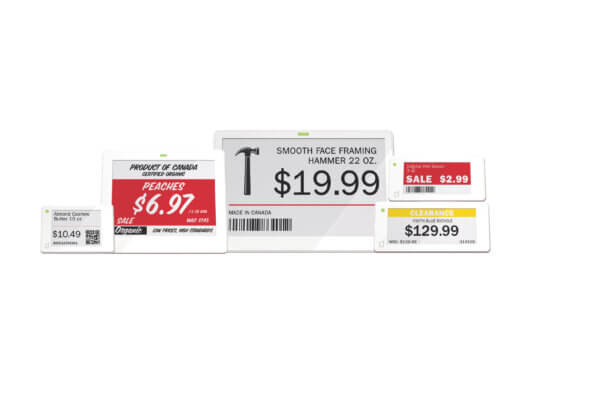In our ever-changing business world, inventory management is pivotal to the operations of any organization. As companies grow, the volume and complexity of inventory data increase markedly. With the evolution of data-driven inventory management automation, businesses can streamline their operations, optimize inventory levels, reduce costs, and enhance overall productivity. Manual inventory management processes can be vulnerable to both human error and subjective decision-making.
Real Time Inventory Tracking/Management
One of the most significant advantages of data-driven inventory management automation is real-time tracking. With advanced technologies like RFID, barcode scanning, and IoT devices, businesses can collect precise data on their inventory levels throughout the supply chain. This real-time data enables organizations to make informed decisions promptly, ensuring they always have the right products available to meet customer demands. This can prevent stockouts and overstock situations, optimizing their inventory levels for maximum efficiency.
“Inventory management is a key task in the proper organization of a point of sale, be it physical or virtual. This does not necessarily mean, however, that it is a task that cannot be optimized,” explains point-of-sale provider company, Alice. “For instance, each label can be geolocated within the point of sale, making it easier for employees to restock items.”
Error Reduction
An automated labeling solution, like Danavation’s Digital Smart Label™ Technology, can assist in reducing the number of errors in the physical display of labels on shelves. The number of employee steps can therefore be significantly reduced given that labels can slide on their shelves and are automatically updated remotely via an infrared or high or low-frequency connection.
According to the Ministry of Finance Economy and Industrial and Digital Sovereignty, “In 2016, in France, a study revealed an 8% error rate between the price paid by the consumer and the displayed price and in 51% of cases the price difference was in favour of the consumer. These discrepancies have led to numerous complaints from dissatisfied consumers and may lead to a brand’s image being tarnished.”
Cost Optimization
Traditional inventory management methods often lead to excessive holding costs due to overstocking or to the inflated costs associated with emergency restocking to meet unexpected demand. Data-driven inventory management automation helps businesses optimize costs by minimizing stockouts and overstock situations.
When inventory levels are adequately managed, the costs associated with warehousing, storage, and carrying inventory are significantly reduced. This improved cost efficiency translates into higher profit margins for the business.
Time-Saving and Return on Investment
Time management, especially pertaining to employee time, is one of the numerous challenges of point-of-sale modernization. Longer management times can quickly affect efficiency and profitability, as employees spend more time on low-value-added tasks instead of contributing to customer satisfaction. The integration of an electronic label management system can significantly improve a store’s ROI but would be even more effective when integrated within a sales network.
“Thanks to the SES-Imagotag electronic labels, brick-and-mortar stores can fully automate their pricing policies,” says Alice POS. This reduces the risk of pricing errors to 0, all the while gaining complete control and flexibility over price changes and promotions. What would take days and even weeks in megastores can be done in a few minutes with electronic labels.”
Inventory Decision-Making
Data-driven inventory management automation is transforming the way businesses manage their stock. Manual inventory management processes are prone to human errors and can be subjective. With automation, inventory decisions are based on real insights and data analysis; businesses can make smarter decisions regarding replenishment, procurement, and product assortments by analyzing accurate, timely data. The automation process ensures consistent and objective decision-making, leading to better outcomes and operational efficiency.
“Identifying attribute patterns across your stock efficiently and in real-time is only feasible by automating the process of tagging your products with trackable categories, subcategories and attributes the moment they land on your inventory,” highlights Alice on the benefits of electronic shelf label systems.



